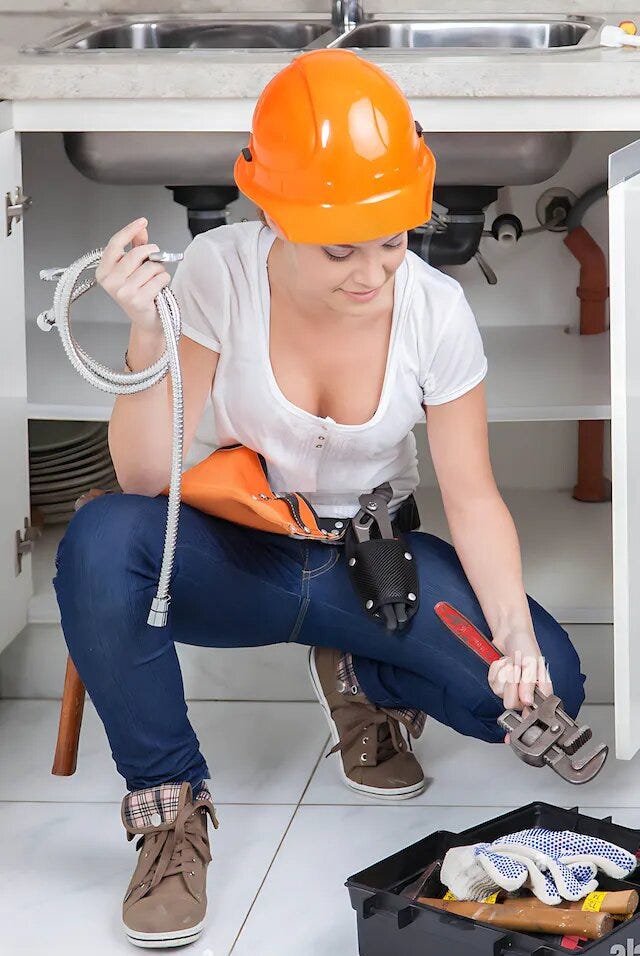Welcome to the world of DIY plumbing, where you can unleash your inner problem solver and save money by handling common plumbing issues yourself. With a little bit of knowledge and the right tools, you can tackle minor problems and maintain the plumbing in your home without having to call a professional every time. In this blog post, we will explore some practical DIY plumbing tips that will empower you to handle common plumbing issues effectively.
1. Know your plumbing system
Understanding the basics of your plumbing system is the first step to becoming a successful DIY plumber. Familiarize yourself with the main water shut-off valve, as well as the locations of other valves and fixtures in your home. This knowledge will come in handy during emergencies and routine maintenance tasks.
2. Invest in essential tools
To tackle plumbing issues successfully, you need to have some essential tools on hand. A plunger, a pipe wrench, an adjustable wrench, a basin wrench, and a plumber’s tape should be part of your DIY plumbing toolkit. These tools will help you tackle most common plumbing problems with ease.
3. Fixing a leaky faucet
A leaky faucet can waste gallons of water and leave you with a sky-high water bill. To fix it, start by turning off the water supply. Then, disassemble the faucet and replace the worn-out washers or O-rings. Reassemble the faucet and turn the water supply back on to check for leaks.
4. Unclogging drains
Clogged drains are a common plumbing issue that can be easily resolved without professional help. Start by using a plunger to create suction and loosen the clog. If that doesn’t work, try using a plumbing snake or a drain auger to break up and remove the blockage.
5. Dealing with a running toilet
A running toilet can waste a significant amount of water and lead to a higher water bill. To fix it, start by checking the flapper valve and replacing it if necessary. Adjust the chain length if it’s too tight or too loose. If the problem persists, replace the fill valve or call a professional for assistance.
6. Preventing frozen pipes
Frozen pipes can be a nightmare, causing water damage and requiring expensive repairs. To prevent this, insulate exposed pipes or use heat tape to keep them warm during freezing temperatures. If the pipes do freeze, turn off the water supply and use a hairdryer or heated towels to thaw them slowly.
Conclusion
Congratulations on embarking on your DIY plumbing journey! By following these essential tips, you are now armed with the knowledge and confidence to handle common plumbing issues at home. Remember to always prioritize safety and evaluate your skill level before attempting more complex plumbing tasks. With the right tools, a little perseverance, and the guidance provided here, you can become a proficient DIY plumber and save both time and money in the long run. So go forth, embrace the challenge, and let your inner DIY spirit soar in the world of plumbing!

